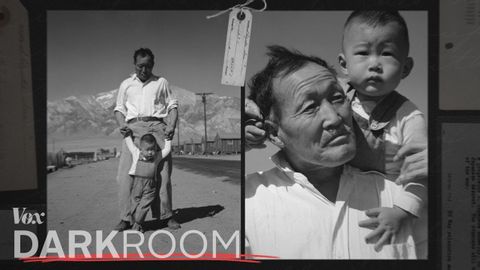美國為何對自己的二戰集中營進行拍照 (Why the US photographed its own WWII concentration camps)
 沒有此條件下的單字
沒有此條件下的單字US /ˈprɑsˌɛs, ˈproˌsɛs/
・
UK /prə'ses/
- v.t.用電腦處理(資料);(依照規定程序)處理;處理;流程;加工;理解
- n. (c./u.)(規定的)程序;過程;進程;方法;法律程序;進程
US /ɪkˈspɪriəns/
・
UK /ɪk'spɪərɪəns/
- n. (c.)經驗;(學到東西的)經驗;經驗;經歷
- n. (c./u.)經驗;經歷;工作經驗
- v.t./i.經歷;體驗
US /ɪɡˈzɛkjətɪv/
・
UK /ɪɡ'zekjətɪv/
- n. (c./u.)經理;管理人員;行政部門;行政權力;執行會議;行政命令
- adj.行政人員;行政的;管理的;豪華的;高檔的
